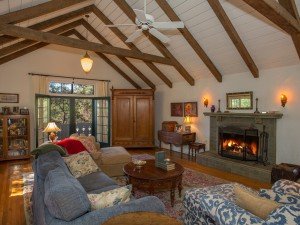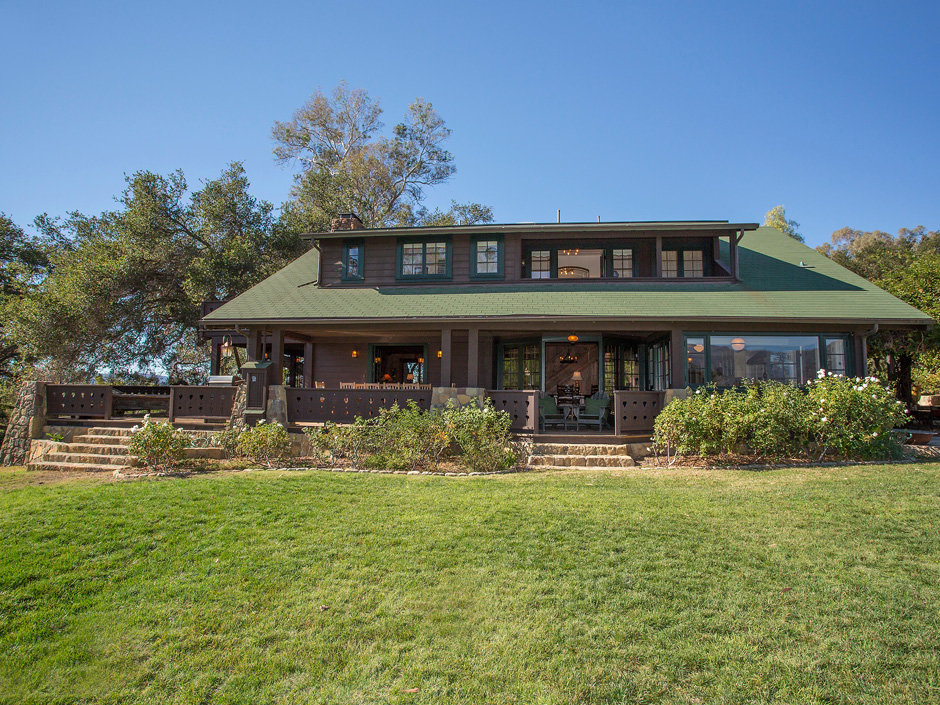By Max Mervis
One of the many charms Venice and the beach communities have to offer is the plethora of vintage and historic homes that dot our neighborhoods. Just take a quick stroll down any of our unique tree-lined streets and you’ll come across homes built as early as 1905, and some even earlier. If you’re an admirer of vintage homes like myself, you may have already fallen in love with the idea of living in a pre-war residence. One thing to remember, although historic homes have an appeal all their own, there are certain aesthetic restrictions and expenses you need to be aware of prior to signing on the dotted line.

Restored Historic: Set on a sunny knoll with breathtaking views of the Ojai Valley, this Myron Hunt designed Swiss Chalet is a beautifully restored classic. » View Home
Unlike new properties, old homes may have serious complications such as structural wear and tear damage, or even hidden obstacles that only come to the surface once the renovation begins. To help you decide if an old home really is for you, here are some tips to guide you through what could be one of the best, history-filled choices you can make.
First Steps
Get a formal home inspection not only by a qualified inspector, but one that is familiar with vintage properties. If there is a question of foundation stability or structural integrity, a structural engineer may need to be called in. If you find that there is damage to the home’s foundation and/or structure, it may be in your best interests to walk away – depending on the severity of the impairment, the costs of repairs can far outweigh the value.
You should also have the home checked for lead-based paint and asbestos, both of which were in common use until banned in 1978. Note that though both problems can be addressed and repaired, it’s often an expensive process so you need to be prepared financially for proper resolution.
Be sure to get price estimates from contractors on all necessary work – don’t settle for just one bid, value compare costs with different vendors and make sure the scope of work is the same amongst all bids to ensure proper evaluation on the repairs. What may appear to be a ‘simple’ repair or replacement very well could lead to severe underlying problems.
Once you get the ‘green light’ from the inspector, structural engineer and contractor, you are now ready to make your old home all your own. It is suggested that alternate housing is secured while undergoing renovation, as even the simplest of repairs could wreak havoc simply by the accumulation of dust and debris.
Renovation Considerations
Since the goal of purchasing a old or historic home is to maintain the integrity of the original construction and architecture, so it is important to protect the character of your investment.
All exterior attributes such as windows, shutters and roofs embody the original architecture or design style, and therefore, they should be preserved. If replacement of any of these features becomes necessary, one rule of thumb is to replace in kind. The quality of materials need be replicated, therefore any replacements should embody equal quality of the original work (i.e., solid woods for windows, shingling, etc.). Be sure to consider cost of construction and materials of higher quality as this may be an added expense to incorporate into your budget.
If you’ve done your homework, had your inspections and the pros outweigh the cons, then go out and enjoy being the proud owner of an antique home!



